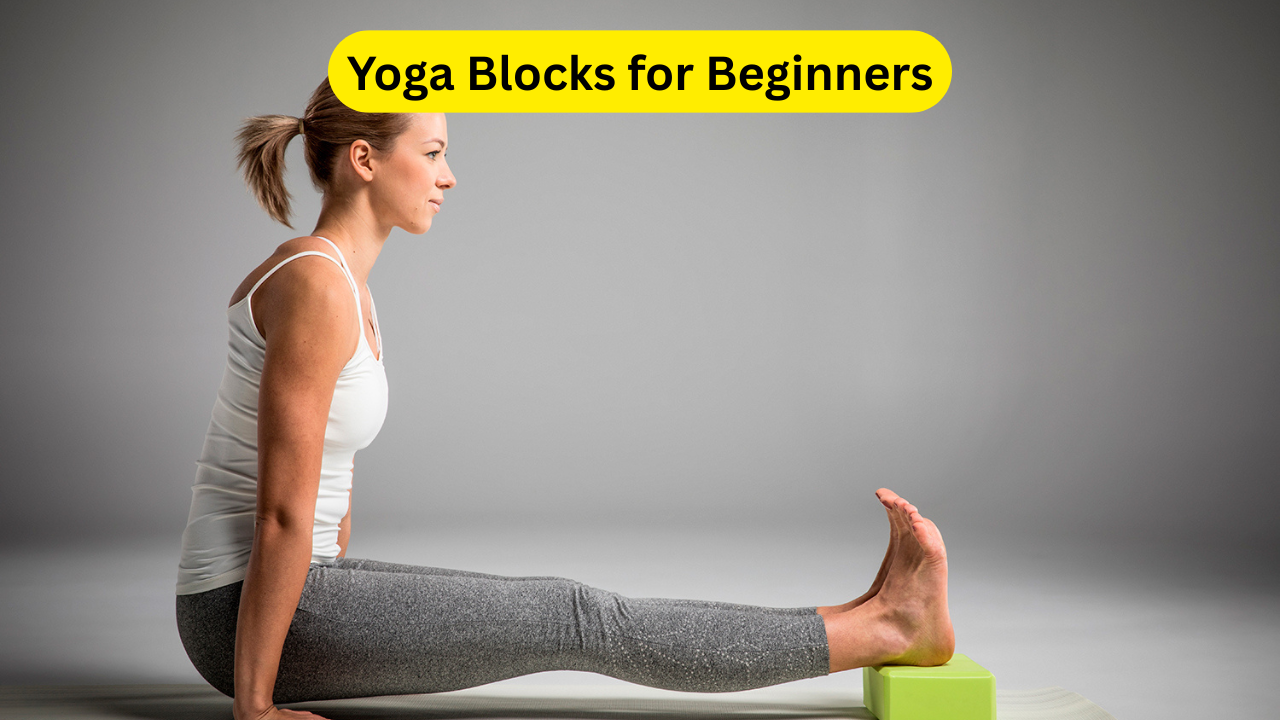Sarvangasana Yoga: Yoga is an ancient practice that harmonizes the body, mind, and soul, enhancing overall well-being. Among the various asanas, Sarvangasana holds a unique position due to its numerous health benefits and its ability to engage the entire body. Often referred to as the “Queen of Asanas,” Sarvangasana promotes holistic physical and mental wellness. It is a vital part of Hatha Yoga and has been extensively discussed in ancient yogic texts, including Yogashastra: Kirana Tika and the Jyotsna on Hathapradipika.
Sarvangasana requires both physical and mental discipline, involving three crucial stages: preparation, execution, and relaxation. This asana, also known as the Shoulder Stand Pose, can be practiced by those who may struggle with Sirsasana (Headstand), offering similar benefits with lesser risks. Furthermore, it complements Viparita Karani, making the transition between these two poses seamless for experienced yogis.
This article will explore the benefits, steps, counter poses, and precautions associated with Sarvangasana, providing a comprehensive guide for beginners and advanced practitioners alike.
Click here: Uttanasana (Standing Forward Bend): A Complete Guide to Its Benefits, Techniques, and Precautions
What is Sarvangasana?
Etymology and Meaning
The term Sarvangasana is derived from Sanskrit:
- Sarva – meaning “all”
- Anga – meaning “body parts”
- Asana – meaning “posture”
Thus, Sarvangasana is a full-body workout that engages multiple muscle groups simultaneously. It strengthens the spine, improves circulation, and enhances mental clarity, making it one of the most powerful yoga postures.
Importance in Yogic Science
Sarvangasana is considered an essential posture in yogic disciplines, playing a crucial role in balancing the endocrine system, improving posture, and boosting internal organ functions. It has been mentioned in ancient yogic scriptures as a must-practice asana for achieving supreme vitality.
How to Perform Sarvangasana (Step-by-Step Guide)
Preparation
Before attempting Sarvangasana, ensure that you have a comfortable yoga mat and are in a calm environment. Begin with gentle warm-up exercises like Sukhasana (Easy Pose), Uttanasana (Standing Forward Bend), and Bhujangasana (Cobra Pose) to loosen up the body.
Step-by-Step Execution
- Starting Position: Lie down on your back on the yoga mat with your hands resting alongside your body.
- Leg Raise: Slowly lift both legs up towards the ceiling while keeping them straight.
- Hip Lift: Place your hands on your lower back and gently push your hips upward.
- Alignment: Ensure your body forms a straight line from shoulders to toes, maintaining balance.
- Hold the Pose: Stay in this position for 30-60 seconds, breathing deeply.
- Return to Rest: Lower your legs slowly, first bringing the back down, then the hips, and finally resting the legs on the ground.
Counterpose – Matsyasana (Fish Pose)
To neutralize the stretch and restore muscle balance, Matsyasana (Fish Pose) should be performed immediately after Sarvangasana.
Benefits of Sarvangasana
1. Physical Benefits
- Enhances blood circulation, especially towards the brain.
- Strengthens the shoulders, neck, and back.
- Improves spinal flexibility and posture.
- Stimulates the thyroid and parathyroid glands, boosting metabolism.
- Helps in relieving varicose veins and leg fatigue.
2. Mental Benefits
- Reduces stress and anxiety.
- Enhances mental clarity and concentration.
- Promotes better sleep patterns.
3. Therapeutic Benefits
- Helps in controlling high blood pressure.
- Beneficial for respiratory disorders.
- Aids in digestive health by stimulating abdominal organs.

Precautions and Contraindications
While Sarvangasana is highly beneficial, it may not be suitable for everyone.
Who Should Avoid?
- Individuals with neck or spinal injuries.
- People suffering from high blood pressure or heart conditions.
- Pregnant women and those with menstrual discomfort.
Common Mistakes to Avoid
- Improper Neck Alignment: Avoid excessive strain on the neck.
- Holding the Breath: Always breathe deeply and steadily.
- Rushing the Transition: Move into and out of the pose slowly.
Also read: 2025 Honda CBR150R: Debuts With New Colours and Updates
Sarvangasana Yoga Conclusion
Sarvangasana is a powerful yogic posture that provides immense benefits for the body, mind, and soul. It enhances circulation, posture, and endocrine health, while also helping to relieve stress and anxiety. By mastering the correct technique and following the right precautions, one can fully harness the benefits of this incredible asana.
Regular practice of Sarvangasana promotes mental clarity, emotional stability, and physical strength. It is especially beneficial for those who experience hormonal imbalances, as it directly stimulates the thyroid and parathyroid glands.
Unlike other complex inversion poses, Sarvangasana is relatively safer and easier to master, making it an ideal choice for both beginners and seasoned practitioners. Moreover, integrating it with Viparita Karani helps in achieving a seamless yogic flow and deeper relaxation.
The importance of following up Sarvangasana with Matsyasana cannot be overlooked. This ensures that the muscles involved are relieved, and the body regains its balance after the inversion.
By incorporating Sarvangasana into your daily yoga practice, you can cultivate a strong, flexible body and a peaceful, focused mind, ultimately leading to a healthier and more harmonious life.
Sarvangasana Yoga FAQs
1. Can beginners practice Sarvangasana?
Yes, but it is advisable for beginners to practice under expert supervision. Start with Viparita Karani to build strength before transitioning to Sarvangasana. Using props like a folded blanket under the shoulders can provide additional support.
2. How long should I hold Sarvangasana?
For beginners, 30 seconds is ideal, while experienced yogis can hold it for 1-5 minutes, depending on comfort level. It is essential to focus on proper breathing while holding the pose to maximize benefits.
3. What are the common mistakes to avoid in Sarvangasana?
Avoid straining the neck, holding the breath, or rushing into the posture. Maintain a straight alignment and use proper support. Incorrect form can lead to unnecessary pressure on the cervical spine, causing discomfort.
4. How does Sarvangasana benefit the thyroid gland?
By improving blood flow to the neck region, Sarvangasana stimulates the thyroid and parathyroid glands, aiding in hormone regulation and metabolism. This can be particularly beneficial for those experiencing thyroid imbalances.
5. Can Sarvangasana help in reducing belly fat?
Yes, it strengthens the core muscles and stimulates abdominal organs, which can aid in digestion and fat reduction over time. However, for optimal results, it should be combined with a balanced diet and overall fitness regimen.







